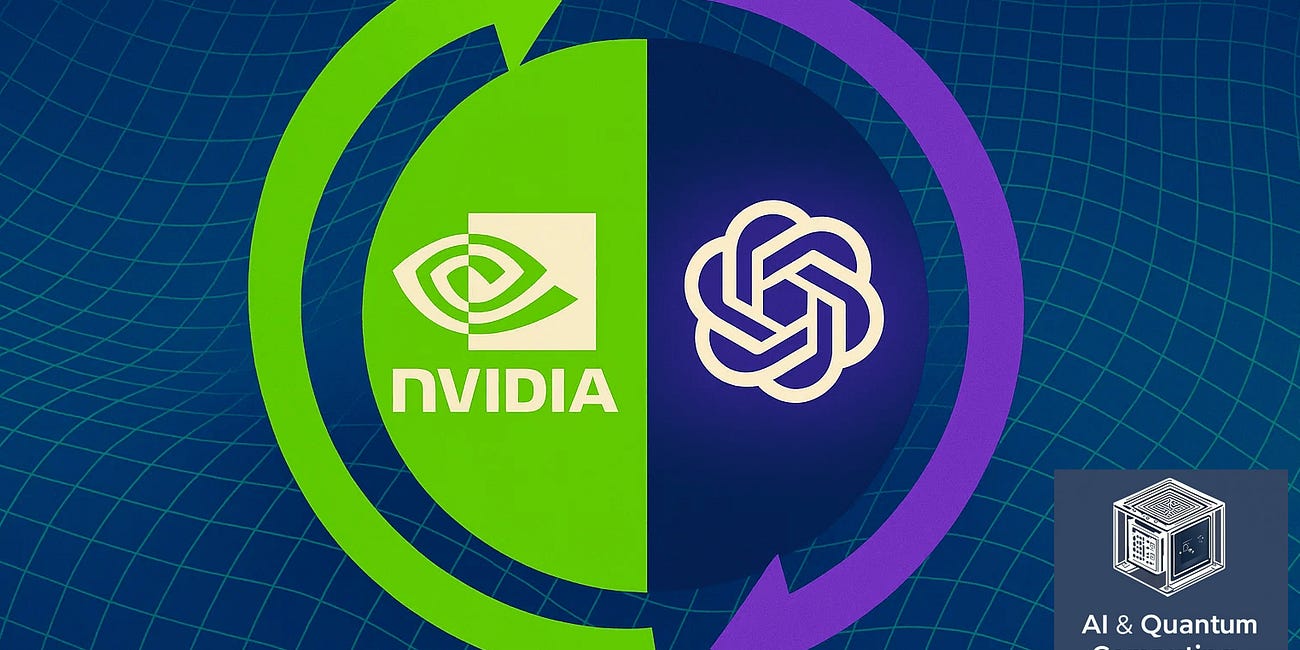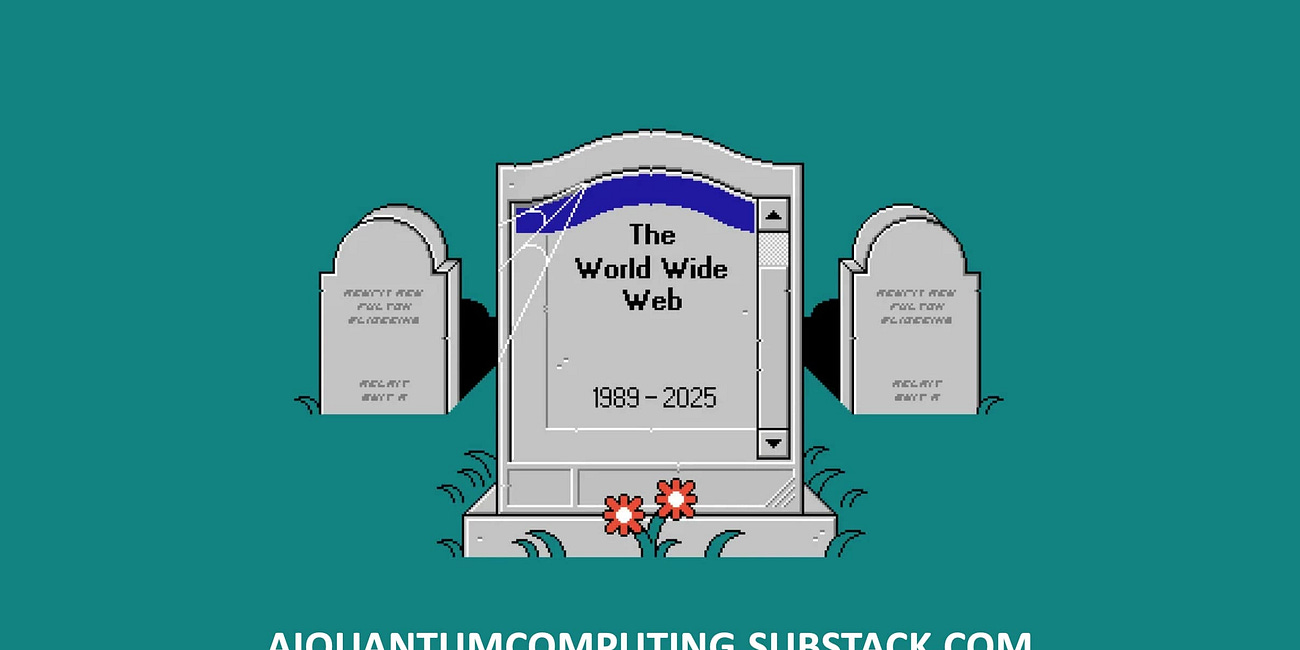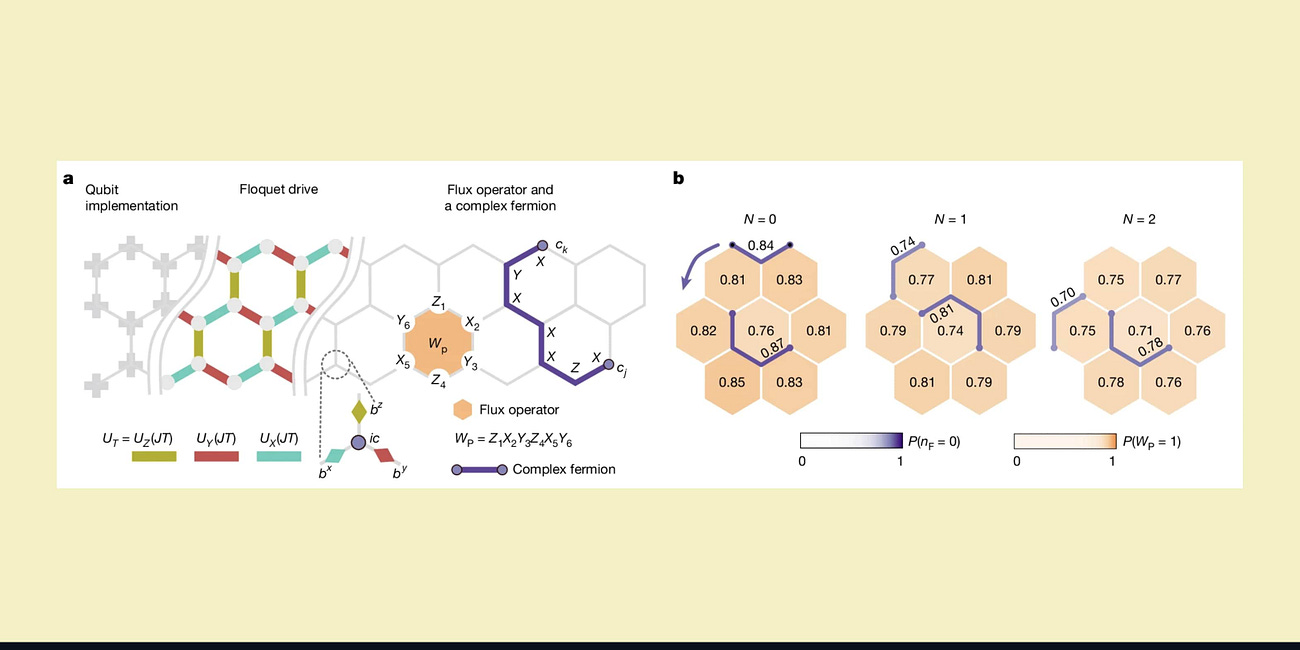It's a Power Race, Stupid: How America Lost AI War Against China.
The conflict isn't Silicon Valley versus Beijing. It's kilowatts versus bottlenecks. It’s industrial capacity versus regulatory inertia.
The debate in Washington and Silicon Valley about the race for artificial intelligence supremacy is a masterclass in missing the point. It’s a flurry of activity focused on ethics committees, antitrust lawsuits, and the phantom menace of social media apps, all while the true nature of the competition is ignored. The AI race is not a coding competition. It’s not about who has the cleverest engineers or the most disruptive startups. It is, and has always been, an energy war. And in that war, the United States has already suffered a strategic defeat so profound that the body is cold, and the political establishment is still filling out the paperwork.
The fundamental truth that American leaders have failed to grasp is that intelligence, at the scale required for global dominance, doesn’t run on brilliant ideas or venture capital. It runs on terawatts. The side that controls the reactors controls the future of cognition itself. Full stop. To understand the scale of America’s failure, one need only look at the global scoreboard of power generation—not the figurative power of innovation, but the literal, grid-scale power measured in gigawatts.
The Great AI Illusion: An Investigation into an Economic Engine Running on Empty.
The announcement has the brilliance of a moment that defines an era. Nvidia, the semiconductor titan, is planning a massive $100 billion investment in OpenAI, the leader in generative artificial intelligence. In return, OpenAI plans to acquire an equivalent sum—$100 billion—of four to five million Nvidia chips.
The Scoreboard Doesn’t Lie
As of today, China is in the process of building over two dozen new nuclear power plants, with nearly 30 full-scale reactors currently under active construction. This represents the most ambitious and aggressive expansion of nuclear energy capacity in human history. Beijing is pouring concrete, welding steel, and wiring up the literal backbone of the AI age on a 24/7 schedule.
And the United States? Their contribution to this generational infrastructure race is zero. None. There are no new large-scale nuclear reactors under construction in America. Their last major project, the expansion of Plant Vogtle in Georgia, was a national embarrassment. Units 3 and 4 finally limped across the finish line decades late, after staggering delays, endless lawsuits, and cost overruns that more than doubled the initial budget from $14 billion to over $30 billion. It stands not as a monument to American ingenuity, but as a tombstone for their industrial will. America held a ribbon-cutting ceremony for a project that should have served as a dire warning. Meanwhile, China has made starting such projects a routine administrative decision.
Distracted by Political Theater
This disparity in industrial policy is the single most important factor in the AI race, yet it is conspicuously absent from the public discourse. Instead, U.S. citizens are treated to a spectacle of political theater. Congress holds hearings on TikTok, debating algorithms and data privacy with all the urgency of a kabuki performance, while the real threat builds on the other side of the world, reactor by reactor. U.S. citizens convince themselves that their intellectual capital in places like OpenAI and Google is an insurmountable advantage, failing to recognize that their most advanced creations are tethered to an energy grid America is no longer serious about expanding.
The Terawatt Imperative
The raw physics of artificial intelligence are unforgiving. AI runs on two things: data and energy. Data is now ubiquitous, but the energy required to process it at a world-changing scale is the great bottleneck of the 21st century. Consider the energy budgets of today’s frontier models. Training a single large language model like GPT-4 consumed an estimated 50-100 gigawatt-hours of electricity—enough to power thousands of American homes for a year. That is merely one model, from one company, based on yesterday’s technology.
The next decade of AI development will not be measured in petabytes, but in power plants. The projections are staggering. A recent analysis by the research group Epoch AI forecasts that the power required for a single, top-tier AI training run could reach between 4 and 16 gigawatts by 2030. A single large nuclear reactor, like one of the new units at Vogtle, produces about 1.1 gigawatts. This means that within a few short years, training a single, truly revolutionary AI model could require the entire output of several nuclear power plants running continuously for months.
An Insurmountable Power Gap
Whoever can provide that power cheaply, reliably, and at scale will win. It’s that simple. While American companies will have to beg for time on a strained and aging grid, Chinese state-backed labs will have dedicated, abundant power from their ever-expanding fleet of new reactors. They won’t have to choose which promising model to train; they will train all of them. They won’t have to ration their computational experiments; they will run them in parallel. They are not just building a bigger computing cluster; they are building a civilization with a higher intelligence capacity.
The Failure of American Will
In the face of this stark reality, the American response has been a cocktail of denial and distraction. We’ve convinced ourselves that “the market will handle it.” But the market cannot conjure a nuclear reactor. The market responds to short-term price signals, not long-term geopolitical strategy. Building a nuclear power plant in the United States is a multi-decade ordeal of regulatory warfare, environmental litigation, and financial uncertainty. It requires the kind of top-down industrial policy and national resolve that America has systematically dismantled since the Apollo program.
Instead of building, America holds reviews. Instead of pouring concrete, they write ESG reports. THey have become a nation of critics, regulators, and commentators, while China has become a nation of builders. Xi Jinping can wake up, approve the construction of another multi-billion-dollar nuclear project before breakfast, and go to bed with the absolute certainty that his nation’s AI ambitions will have the power they need. Meanwhile, American tech executives are increasingly worried about securing enough electricity to power their existing data centers, let alone the mega-clusters of the future.
Paperweights vs. Paper Shredders
The rhetoric in Washington is a tragicomedy of misplaced priorities. “We must ban TikTok! We must regulate AI to ensure it is ethical! We must tax billionaires!” Each of these declarations is met with thunderous applause from one side of the aisle or the other, but they are all irrelevant to the core challenge. There are arguments about how to arrange the deck chairs on a ship that has already ceased to move forward.
The conflict isn’t Silicon Valley versus Beijing. It’s kilowatts versus bottlenecks. It’s industrial capacity versus regulatory inertia. A rack of the most advanced GPUs in the world is nothing more than an expensive paperweight without a reliable power source. America is meticulously assembling folding tables full of the world’s most sophisticated paperweights. China is building an industrial-scale paper shredder.
The Race is Over. America Lost.
So, no, the AI race isn’t “ongoing.” It isn’t “competitive.” It’s over. The United States lost because it forgot the foundational truth of all great civilizational endeavors: you have to build things. Real things. Hard things. The funeral for American technological leadership already happened. You just weren’t invited because you were too busy arguing about the eulogy.
Until America is willing to launch a national project on the scale of sixteen Manhattans—one for every new nuclear plant China is building right now—Beijing will be training artificial general intelligence while America is still drafting diversity and inclusion guidelines for their prompt engineers. The future is being forged in the heart of a reactor, and America is not even in the room.
AI Is Killing the Web, and We're Looking Away: Chronicle of a Death Foretold.
Imagine the scene. Tomorrow morning, you wake up, grab your coffee, and open your laptop to check your favorite news sites, read a few blog posts, or browse a niche forum. But instead of the familiar content, you find only blank pages, 404 error messages, and the deafening silence of a digital graveyard
Bitcoin and the Unseen War for Your Future: Jeff Booth Exposes the AI-Fueled Collision of Two Worlds.
You’re standing at a fork in the road of history. Which path you choose will determine not only your own future, but the future of the world.
Beyond Reach: How a Quantum Processor Unlocked a "Forbidden" Phase of Matter.
In the strange and counterintuitive world of quantum mechanics, there are phenomena so complex, so deeply entangled, that they lie beyond the horizon of our most powerful supercomputers. These are not merely difficult calculations; they represent entire realms of physics that, until now, have existed only in the abstract language of theoretical equation…





